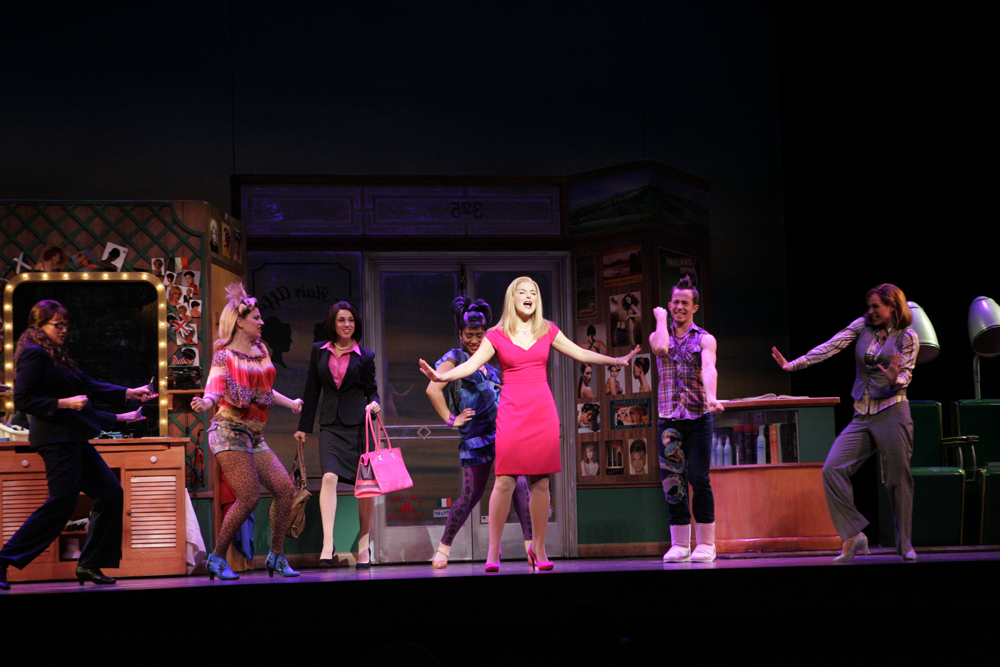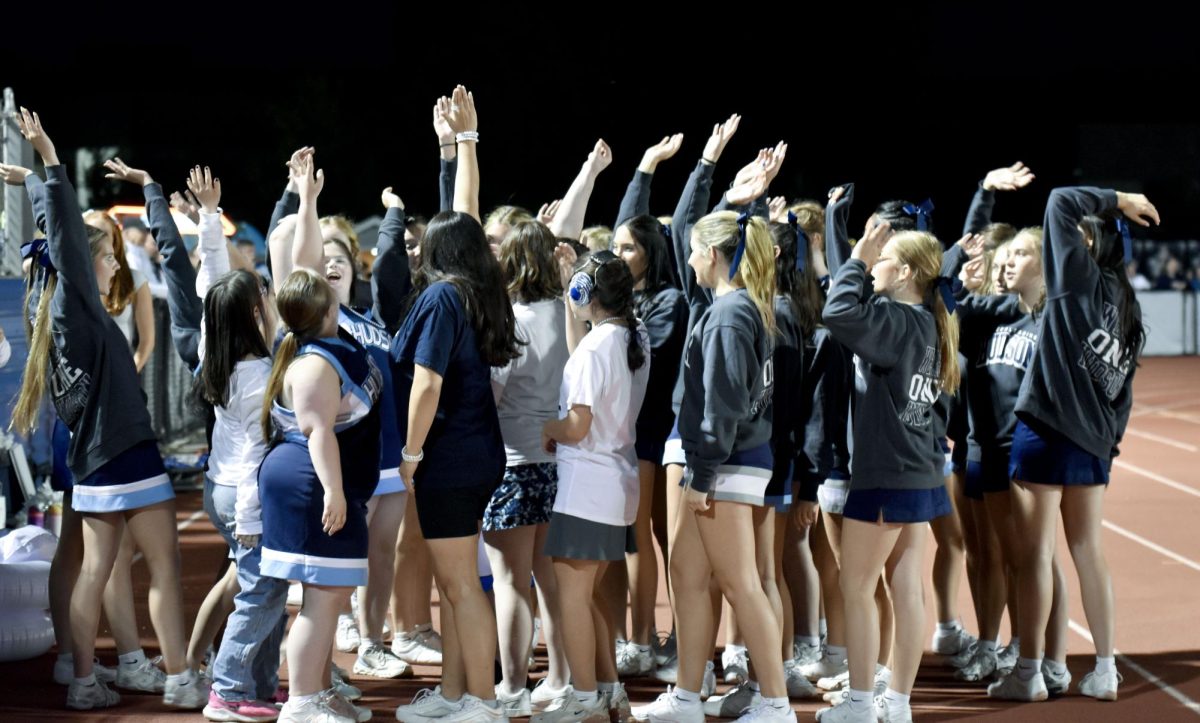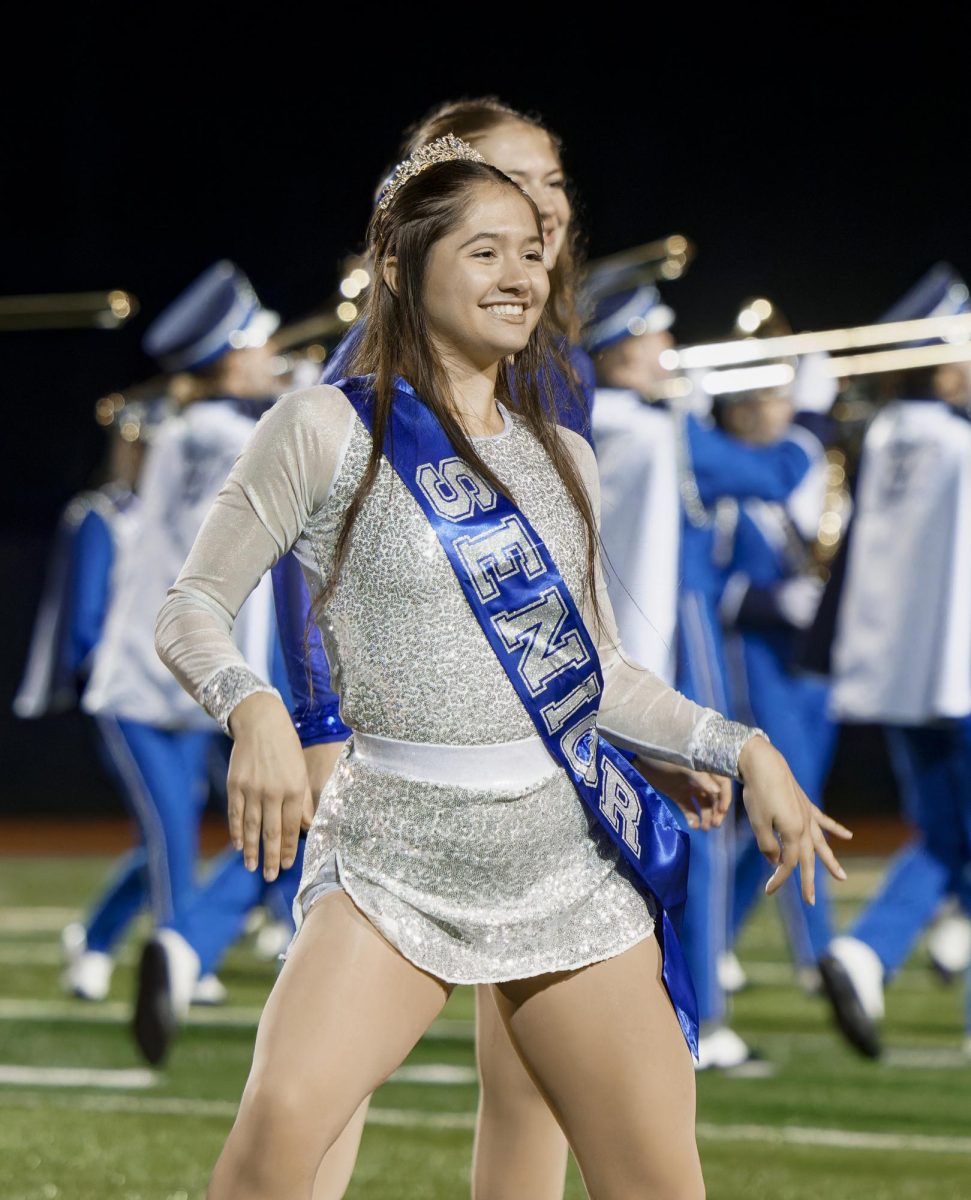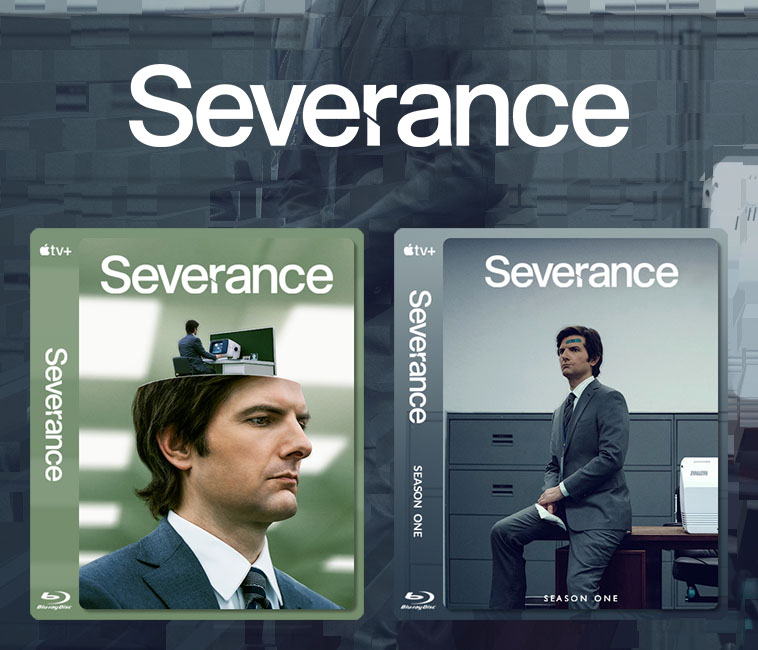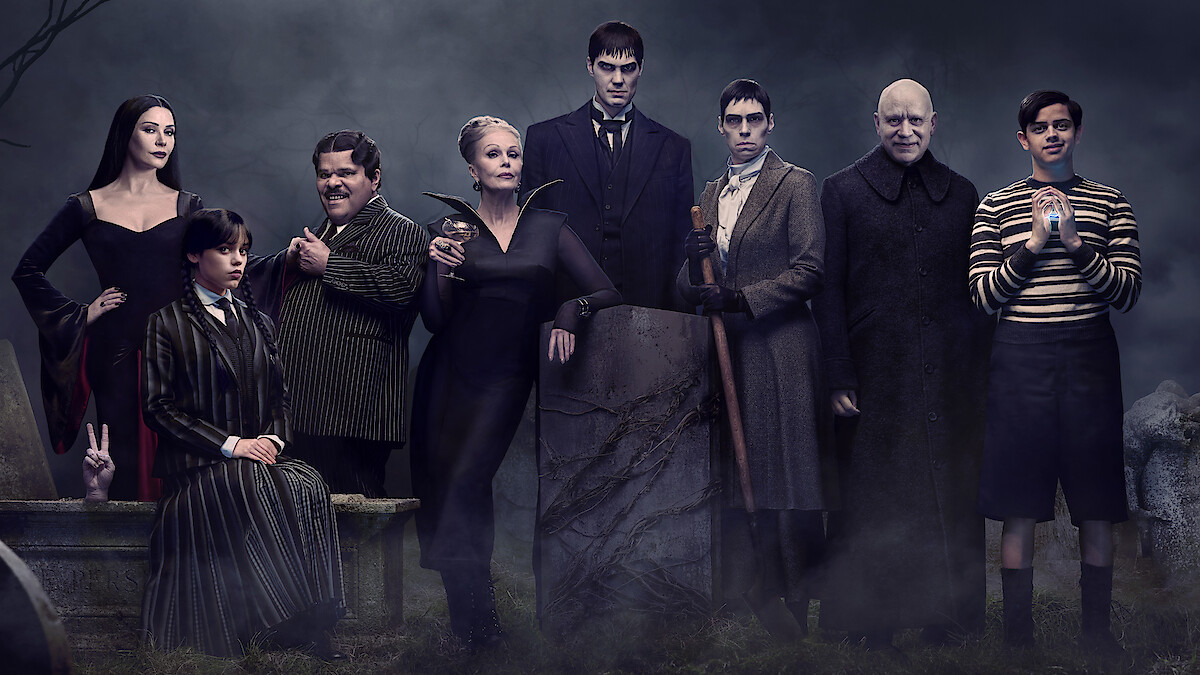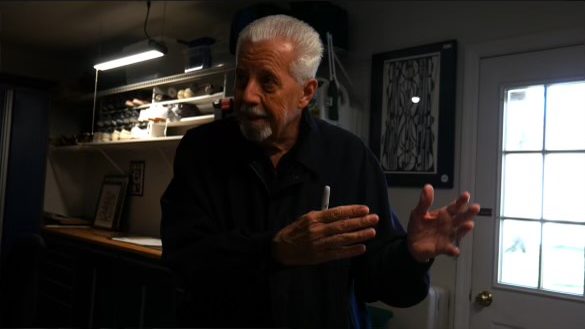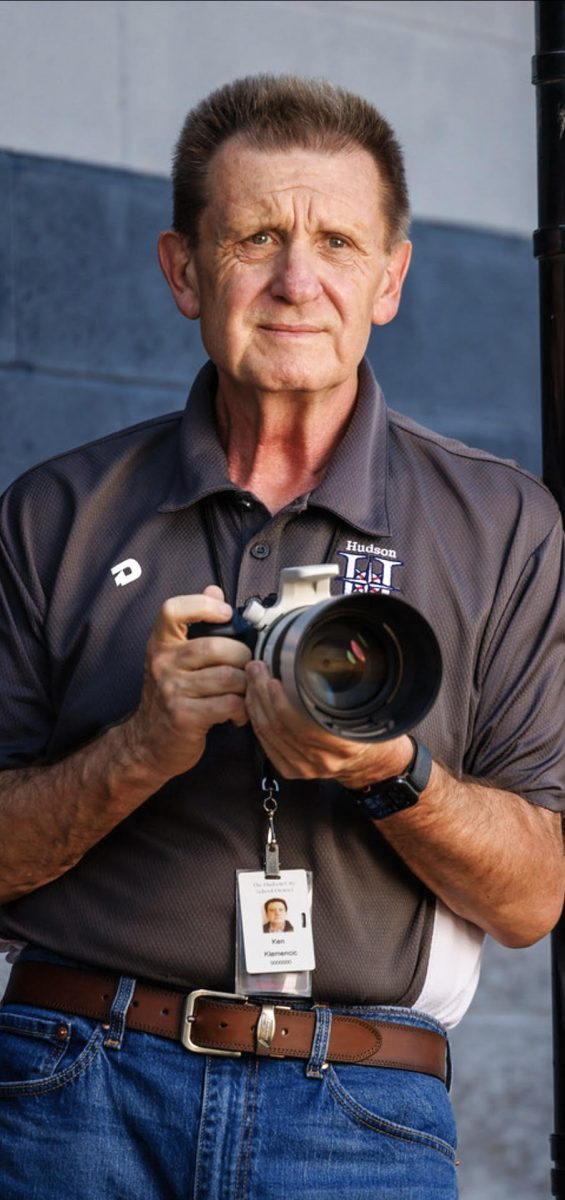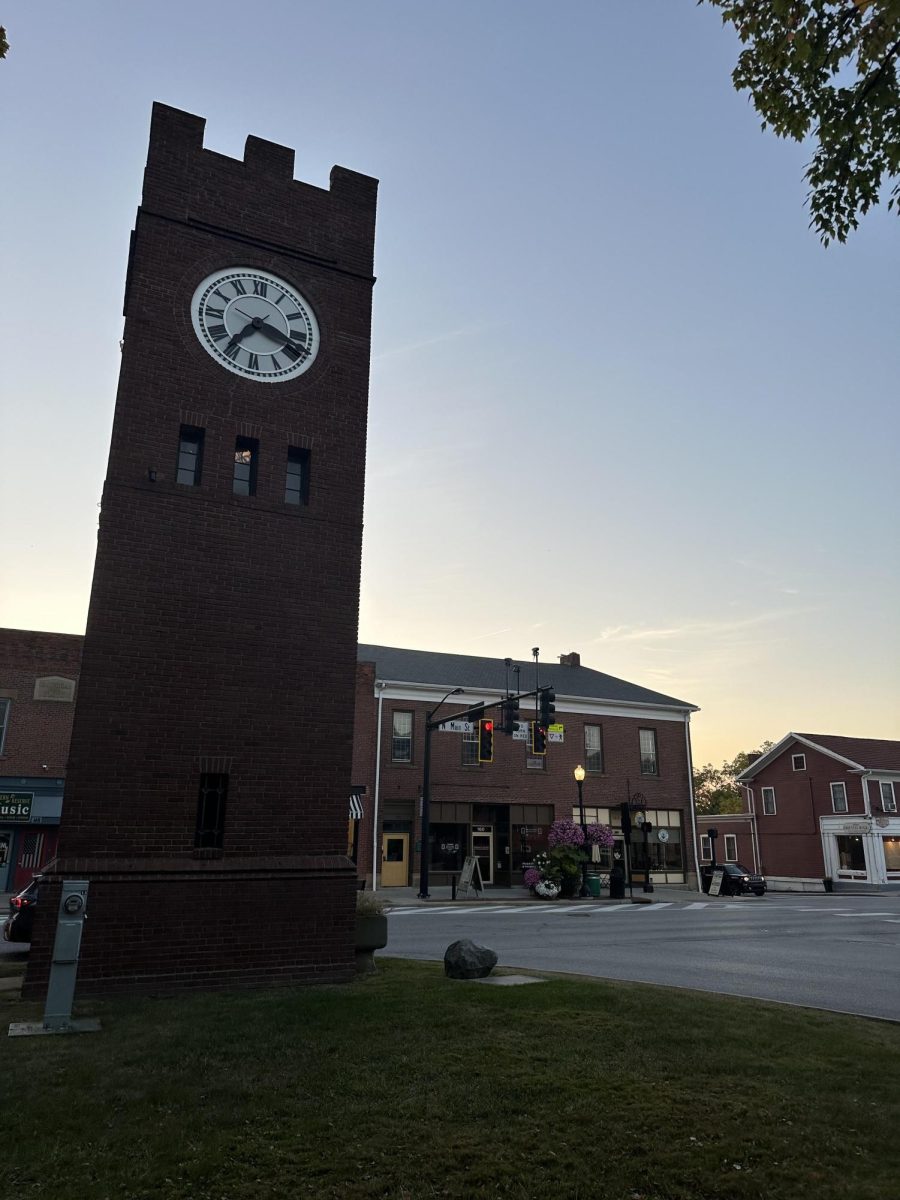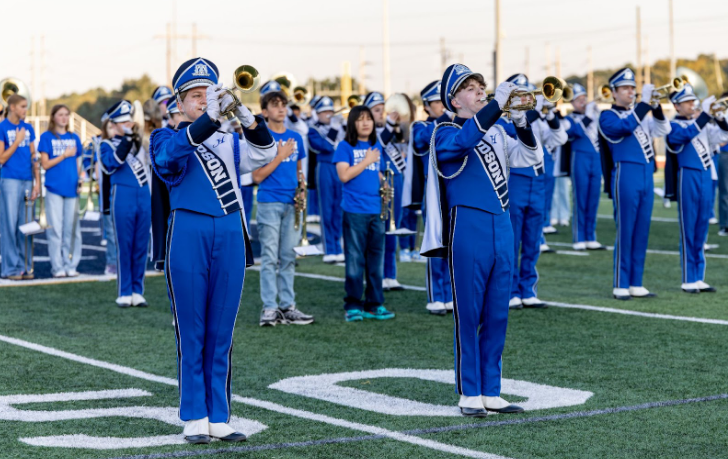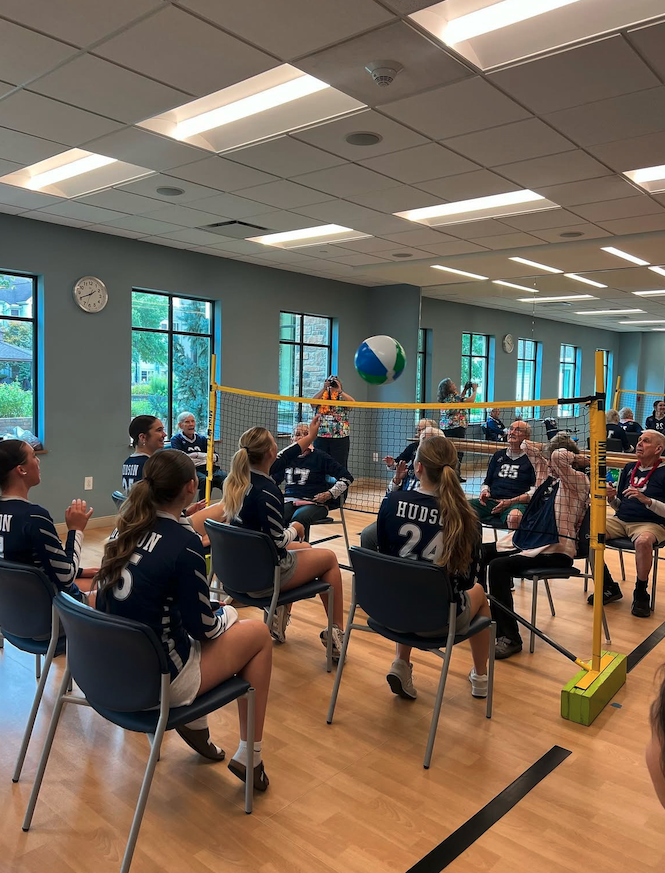There are a myriad of popular movies that were made into musicals, and vice versa. With hits from Into the Woods and The Rocky Horror Picture Show to Death Becomes Her and Heathers: The Musical, it’s clear just how easily a movie can be made into a successful stage production with the right amount of effort and musical ability.
One of the more well-known shows in the theater community that has powerful themes of challenging gender stereotypes and reclaiming identity is none other than Legally Blonde.
The question is, which is better: the iconic 2001 movie featuring Reese Witherspoon, or the dazzling 2007 stage production featuring Laura Bell Bundy as Elle Woods and Christian Borle as Emmett Forrest?
If you aren’t familiar with the plot of Legally Blonde, it follows the story of fashionable Delta Nu sorority president Elle Woods, who seemingly has it all. The one thing she doesn’t have, but wants more than anything, is to be Mrs. Warner Huntington III. But when he breaks up with her and goes to Harvard Law School—after she’s expecting him to propose—she is devastated. After a minor period of depression and thinking nothing could make her happy again, Elle musters up whatever confidence and self-morale she has stored inside and passes her LSAT exams, getting accepted into Harvard Law School. She arrives and is immediately hit with the news that Warner already has a new girlfriend: Vivienne Kensington. Now that Warner is unavailable, Elle has to focus more on herself and her grades, rather than her good looks and ex-boyfriend.
The musical’s version of Elle Woods takes the original concept of female empowerment in the film and expands it into a much bolder celebration of femininity. Laura Bell Bundy’s high-energy acting style and performance show a much more exaggerated version of Witherspoon’s more put-together and tranquil one.
“High-energy, empty-calories, and expensive-looking hymn to the glories of girlishness,” says New York Times journalist Ben Brantley, who reviewed the stage production. He continues by praising Bundy’s performance: “She sings and dances flawlessly, and she delivers silly lines as if she meant them.”
Other reviewers weren’t as positive about the energy in the show as Brantley was.
Tim Walker of The Sunday Telegraph wrote, “It is a great big empty vessel of a show that makes a lot of noise and not much else, and would have been better entitled Irredeemably Bland. I was aware that for the whole of the two hours and 25 minutes that it ran, I was sitting among a group of people with vacant smiles on faces that otherwise seemed entirely numbed.”
According to Walker, there was little to no energy compared to Witherspoon and Luke Wilson’s (Emmett Richmond) performance in the film.
While most agree that there is no way to surpass the iconic 2001 movie, there are certainly specific aspects that elevate the enjoyment of watching a musical—particularly the amount of talent and energy the cast of Legally Blonde brings.
Going back to Brantley’s quote for The New York Times, Bundy brings Elle Woods to life and gives it her all. Usually in a Broadway production, Wednesdays and Saturdays are two-show days, with a matinee and an evening performance. Single-show days are often held on Tuesdays, Thursdays, Fridays and Sundays. The only off-day these actors get during their performance weeks is Monday, which is often called a “dark day.”
These days don’t even include the extra rehearsals and workshops held throughout the week. Actors often overwork themselves to be the best they can be, which may result in variability in performers’ energy throughout a show.
Call times don’t help with free time, either. Actors typically arrive two to four hours prior to the house opening, which ensures enough time for them to get ready and warm up, while also allowing the tech crew time to prepare their workspaces and cues for the night.
As much work as the actors put into the shows, there is just as much going on behind the scenes.
In the original 2007 stage production of Legally Blonde, David Rockwell designed every set piece the audience saw on stage. Every set piece an actor interacted with, every step they walked up—it was designed by Rockwell.
While both the 2001 film and 2007 stage production took a good amount of time to complete, the process of the musical spanned several years before auditions were even held.
Because of that prolonged period of additional work from directors Jerry Mitchell and Beth McCarthy-Miller, and from the music produced by Laurence O’Keefe and Nell Benjamin, the musical arguably surpasses the movie.

